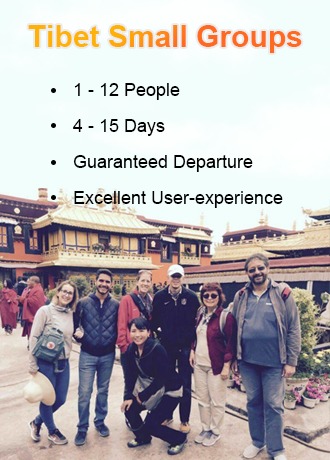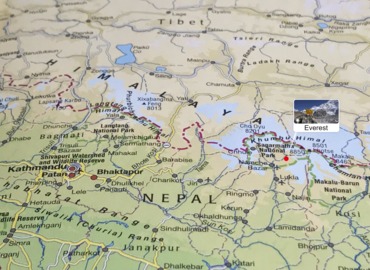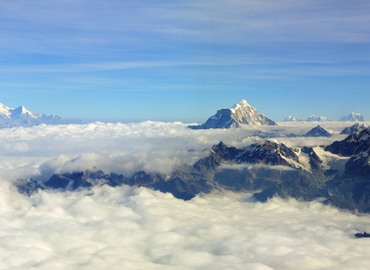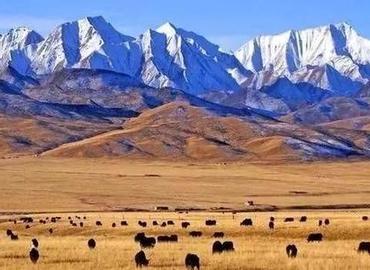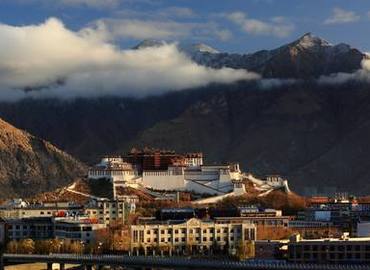Tuiwa Tibetan Village: World's Highest Village
- by Zoe
- Last Updated: 2023-03-11
Tibetan Plateau is known as the third pole in the world. In this holy land, there is a special Tibetan village- Tuiwa Village, at an altitude of 5,070 meters. Surrounded by the snowy Himalayas on the China-Bhutan border, Tuiwa Village is located in Dalong Town, Nagarzê County, Tibet. This isolated Tibetan village is backed by Noijin Kangsang Peak, standing on the east bank of Lake Puma Yumco and facing the Mengda Gangri Snow Mountain with an altitude of more than 6,000 meters. It is more than 300 kilometers away from Lhasa and is also the highest administrative village in the world.
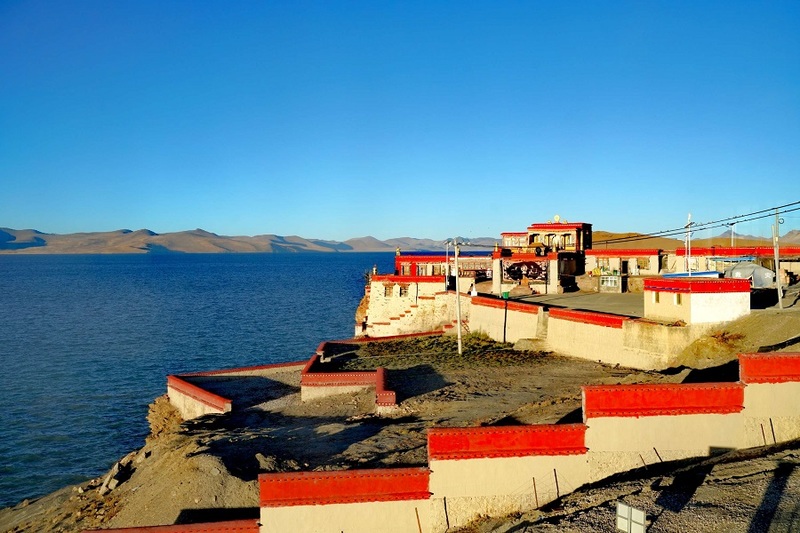
There are houses with white walls and colorful prayer flags, and an ancient castle-like temple called “Tuigonba” by locals. If you have been to the conventional scenic spots of Potala Palace, Everest Base Camp, Namtso, etc., and are looking for a unique travel route, you may come to Tuiwa Village. Blue sky, white clouds, meadows, lakes, yaks, temples, and prayer flags, all the elements of wonderland gathered here. It's definitely worthwhile to take a trip to this mysterious Tibetan village.
Lifestyle in Tuiwa Village
“Tuiwa” means "connection" in Tibetan. However, it is not totally associated with the outside, or even isolated from the world. The traffic here is inconvenient and the living environment is harsh. Before 2015, no more than 100 tourists came here every year. It is said that the average life expectancy of the villagers is less than 50 years old. The local government ever arranged for them to relocate several times and some villagers have been removed gradually, but still many villagers were not willing to leave their hometown and chose to stay here.
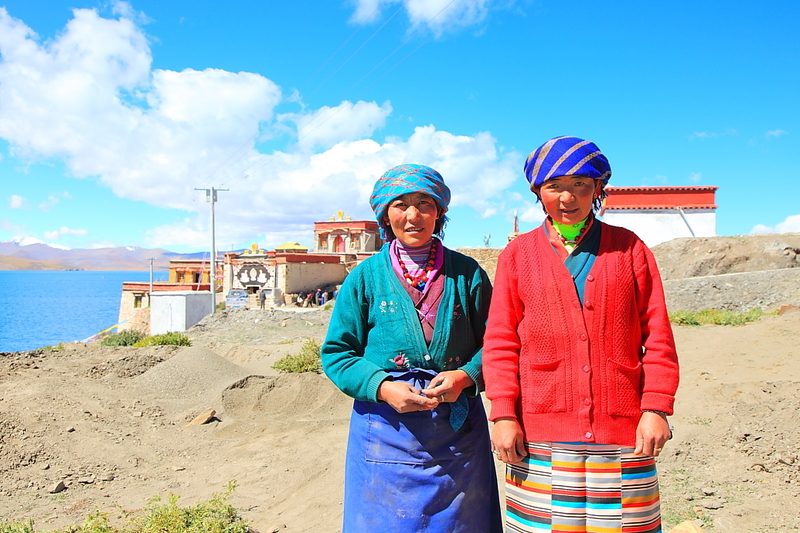
On usual days, young and strong laborers in the village all go to the pastures for grazing, leaving a few children and the elderly to look after the houses, which makes the village even more quiet and desolate. If it weren't at an altitude of more than 5,000 meters, it would be a good place for holidays. The locals here make a living via pastoral nomadism. In order to get through the withered grass season, the villagers drive their sheep to the island in the center of Lake Puma Yumco.
Miraculously, the life cycle of the pastures on this island is different from that near the village. When the nearby areas enter the withering season, the island has lush adequate plants instead. You may wonder how can locals drive sheep to the island in the center of the lake? In winter, the lake is covered with thick ice. Sprinkling the burnt cow dung on the lake surface, villagers can drive sheep to walk over the lake. A month later, when the dry season is over, villagers would bring the sheep back before the ice melts. This tradition has lasted on this land for thousands of years.
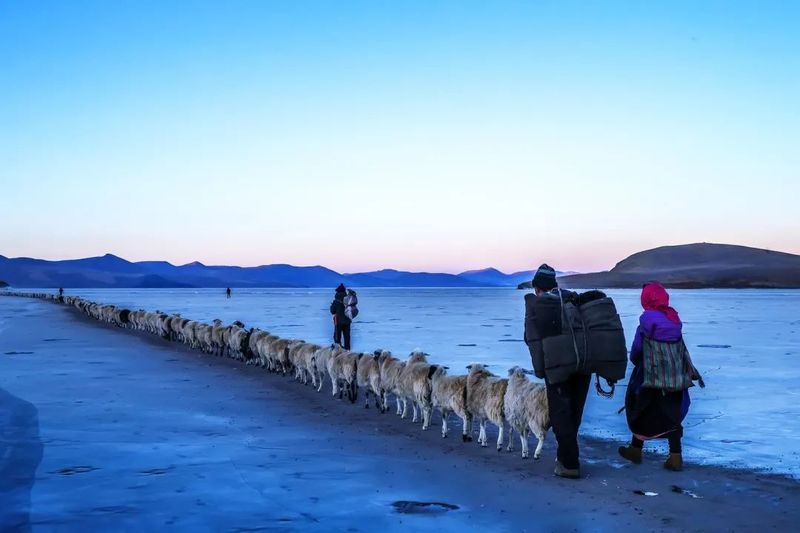
Tuiwa Temple
On the shore of Puma Yumco, there is a temple - Tuiwa Temple. It seems that all temples are built in the best places in Tibet, so did Tui Temple. Built on a cliff by the lake, this temple is condescending and exquisite, with a history of more than 500 years according to the legend. Climb up to the roof of the temple, and you can enjoy the unobstructed view of Puma Yumco Lake.
Legend has it that Puma Yumco and Yamdrok are male and female. On March 15th every year in the Tibetan calendar, the two lake water will rise and they will be connected together. The locals say that it's the dating of Puma Yumco and Yamdrok.
In addition to grazing, the biggest activity of the villagers is to turn prayer wheels so the sound of the prayer wheel is often heard in the temple. Every spring, they do kora around the Puma Yumco Lake, and then burn incense in the temple to pray for blessings.
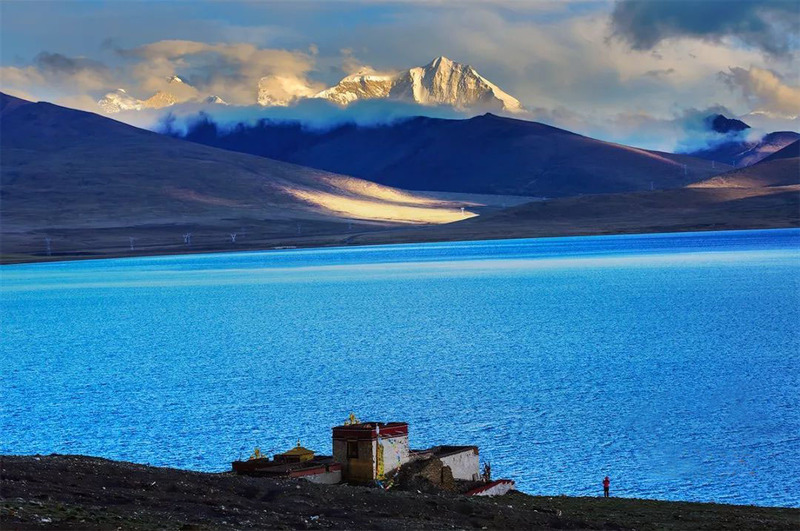
The Legend about "Tuiwa"
More than a thousand years ago, a living Buddha with a disciple mediated in a cave below the temple. They only ate very little tsampa every day. After a long time, the disciple could not bear such hardships, and then he asked the master to go to a better meditation place. So the living Buddha took off his kasaya and spread it on Puma Yumco. He told his disciple to step on the kasaya to the other side of the lake but never to look back. When the disciple stepped on the kasaya to the center of the lake, he turned back to find his guru out of fear then the kasaya quickly retreated. In order to prevent his disciples from falling into the lake, the living Buddha pushed his kasaya to the center of the lake so that his disciples could reach the other side. So the small village encircling the temple got its name: "Tuiwa".
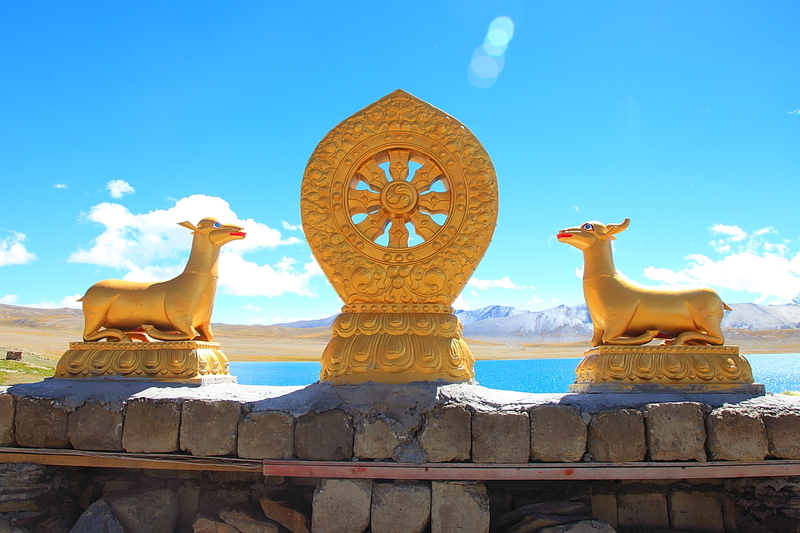
Conclusion
When you step into this village for the first time, you would question how could someone live in such an inconvenient place and refuse to leave? When you see the first rays of sunshine, feel the breeze blowing your face, witness the sunset sprinkling around Kula Kangri, look up the starry night sky, and admire the beautiful, clear and spotless lake Puma Yumco, you will naturally be as peaceful as a sapphire. This is Tuiwa Village, the highest administrative village in the world, which is known as the “entrance to heaven where you can look up at the clouds and reach out for the stars.”
Email response within 0.5~24 hours.


